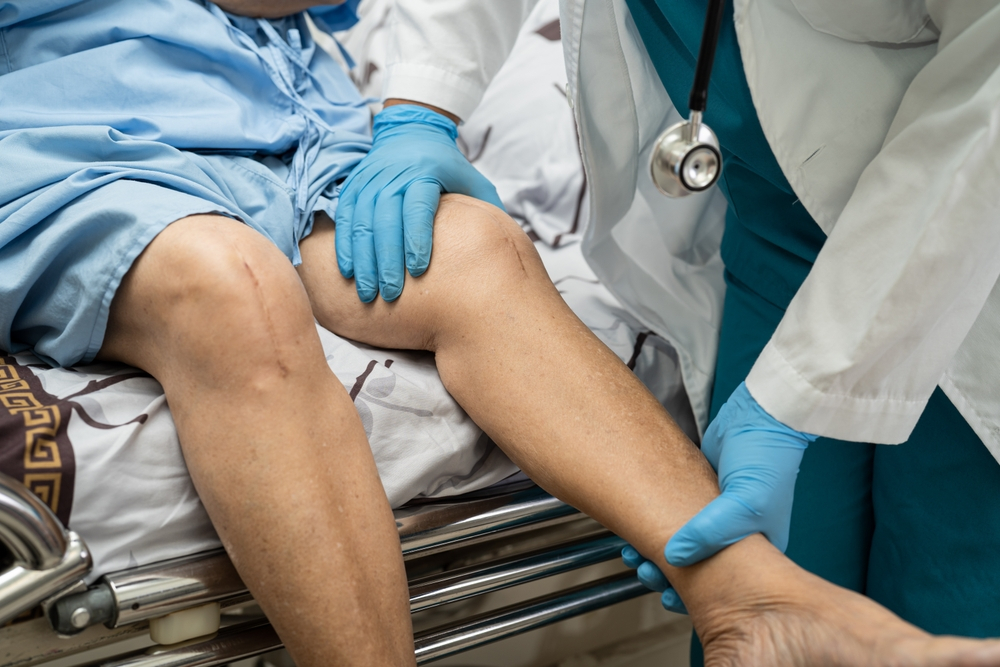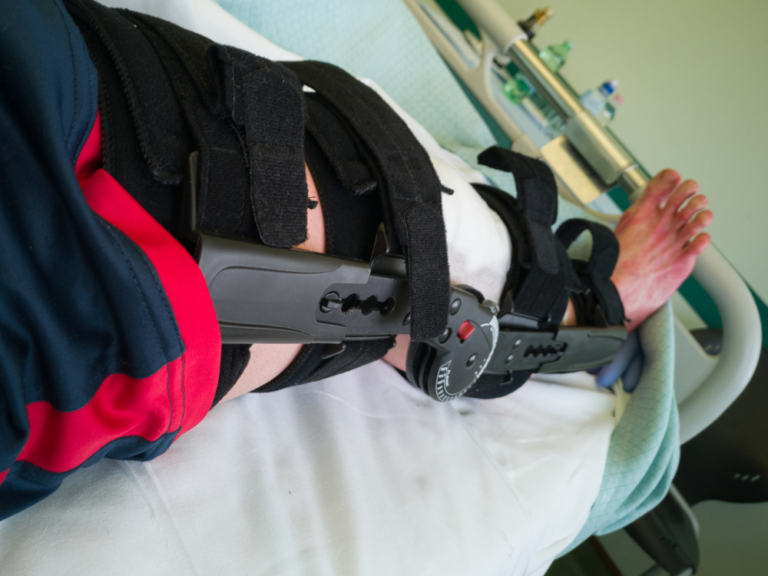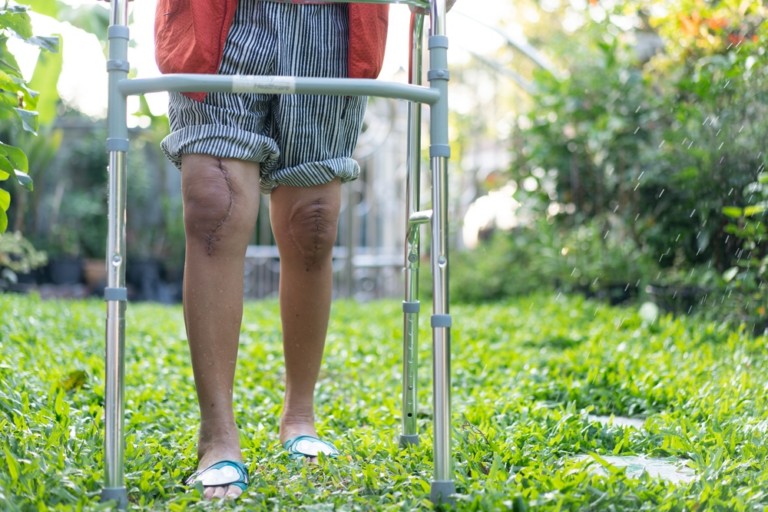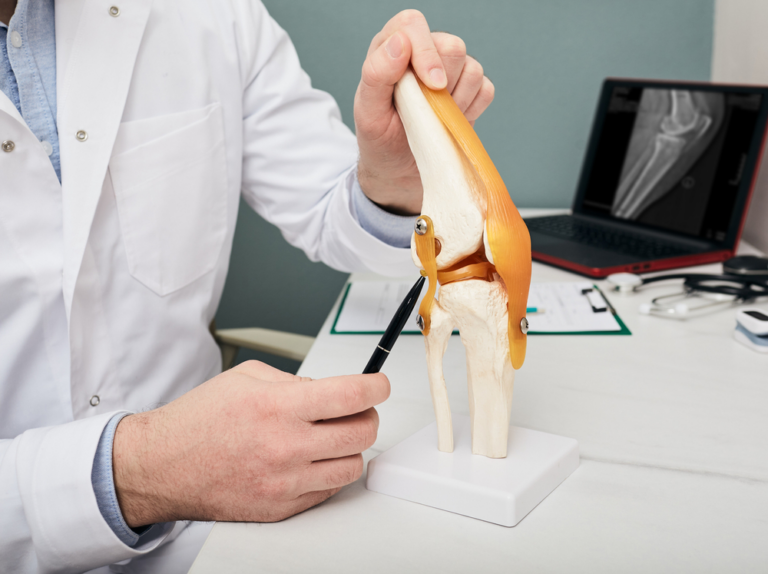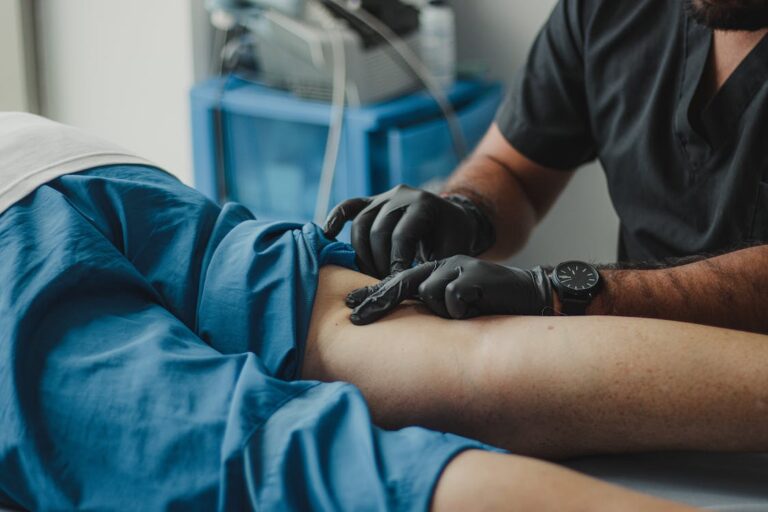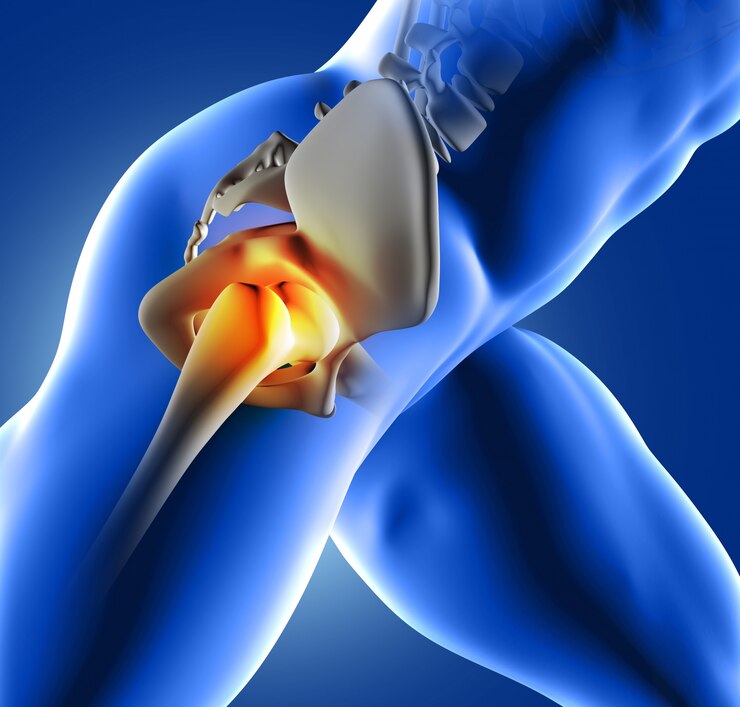Knee Replacement Recovery Timeline: What to Expect After Surgery
After a knee replacement surgery, the process of recovering is quite gradual. A full recovery from a knee replacement can take anywhere from six months to a year or even longer. A lot of factors which vary according to the individual will impact the recovery time. However, after the surgery, efforts are made in limiting the pain experienced by the patient, trying to restore their muscle strength, and establishing a good range of motion. A patient that is fully recovered from a knee replacement surgery will have very little pain and improved knee function. This articles helps to outline Knee Replacement Recovery Timeline and What to Expect After Surgery.
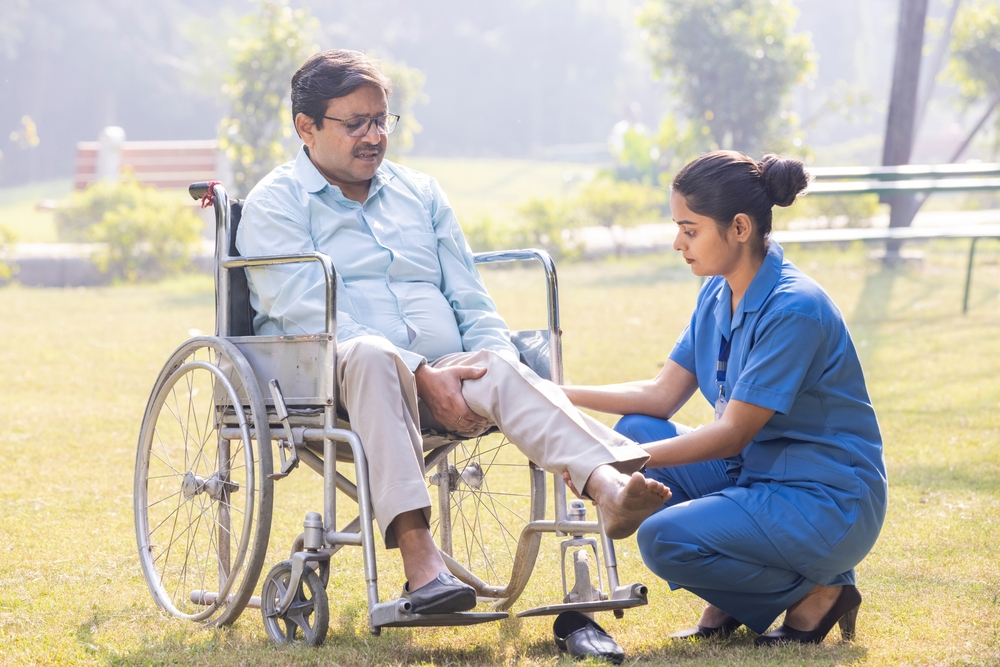
Post-surgery Healing
An orthopedic surgeon will make incisions in the skin, the deep soft tissues, and the muscles of the leg to successfully perform a knee replacement surgery. The parts of the knee including cartilage and bone from the ends of the femur and the top of the tibia are cut and removed to optimize them for the artificial joint. These surgical wounds will require some time to heal. When the healing is combined with a set schedule of physical therapy and lots of rest, it can be highly facilitated.
However, the recovery time is not set; it varies from individual to individual. A majority of people can hope to return to their normal activities after some weeks. It may take longer – up to six weeks before they can return to their favorite sporting and high-impact activities. Some other more demanding sporting activities like jogging, football, or even basketball may be discouraged entirely.
Recovery Timeline
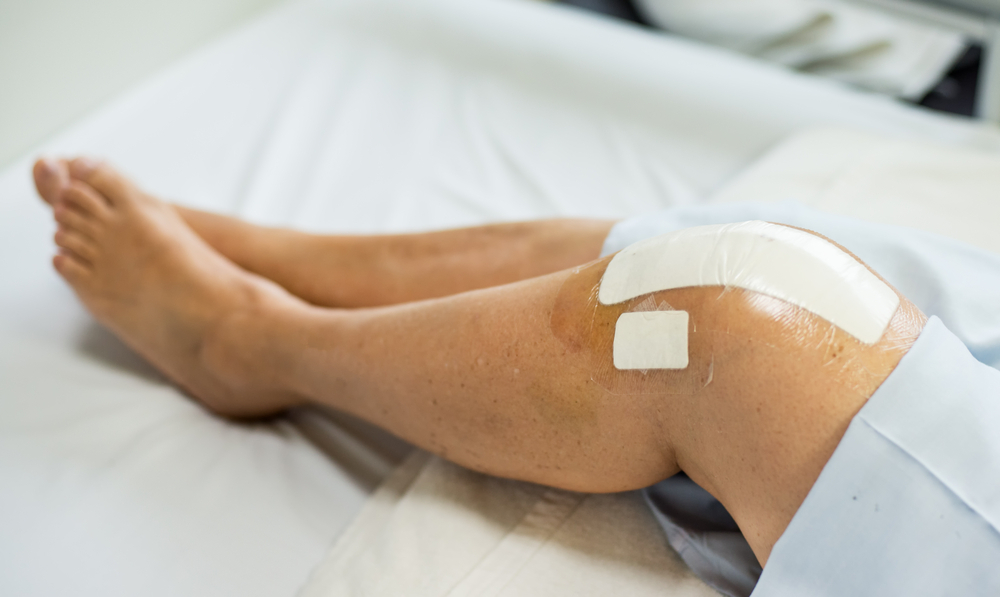
When an individual has undergone total knee replacement surgery, it is crucial to take the rehabilitation and recovery as seriously as the surgery itself. This is the stage where an individual will return to their daily activities and lifestyle. Different surgeons will have different protocols, with the patient’s recovery being also unique. The 12 weeks following the surgery are crucial for recovery and rehabilitation. Having a set plan and sticking to it will enable the patient to heal faster from the surgery, and encourage the long-term success of the surgery. A summary of the first 12 weeks after the surgery includes:
Day One
Optimally, rehabilitation is started immediately after the patient wakes up from surgery. Most people have the procedure as an outpatient, so they can go home on the same day. Others with health challenges or older patients opt for a longer hospital stay. The physical therapist helps the patient in getting up and walking with aids like crutches, canes, or walkers. They will also show the patient how to move around and get in and out of bed. The nurse will help the patient with other tasks like dressing or using the toilet. The physical therapist will also give the patient-specific exercise instructions before they leave the hospital. These exercises are vital for recovery. It is also important that they are started as soon as even 24 hours post-surgery. This is so that they can be able to resume their normal activities faster. Some pain, swelling, and bruising are expected after the surgery. During the first two days post-surgery, the patient should focus on achieving a full knee extension and increasing the flexion by at least 10 degrees if possible.
Week One
The patient’s first week will include a daily routine of exercise that was given by the physical therapist. These will greatly improve the patient’s motion range. The exercise will mainly focus on the following:
- Strength regaining
- Gait training
- Range of motion increase
- Recumbent exercise bike use
It is important to exercise restraint and not push too hard. The patient should only start higher-intensity training when the surgeon and physical therapist have given the go-ahead. Signs of over-exertion include:
- Severe pain during the exercise
- Excessive swelling
- Prolonged soreness after the exercise
These signs are a sign to halt the activities and contact the surgeon and the physical therapist. Some ways to manage the pain after the surgery apart from the prescription medication by the surgeon are the use of ice packs and elevating the leg. The health care team will also give the patient a timeline before they can resume their normal shower routine. It is important to avoid soaking the knee for about 3-4 weeks after the surgery. This is to allow the incision to fully heal. The knee should be able to be fully extended at this stage and may be strong enough to carry the patient’s weight without the need for a walker.
Week Three
The patient is encouraged to continue the range of motion exercises. Most patients do not need a cane at this stage. But for those that do, they should avoid leaning away from the knee. This can help offset the patient’s weight and improve the mechanics of walking. The patient should also alternate between sitting and walking throughout the day as long periods of just sitting can cause stiffness in the knee. The patient can at least walk and stand for up to ten minutes, and bathing and dressing up should also be easier. Most patients, by this time, do not need any prescription medication for pain management.
Week Six
There should be a dramatic improvement to the knee at this stage, including its strength and bending; especially if the patient has been adhering to their set exercise and rehab schedule. The inflammation and swelling should also be greatly reduced. The aim at this stage is to increase the knee strength and motion range using physical therapy. Also, the patient is encouraged to take longer walks, and they do not need canes anymore. The therapist or surgeon will also instruct the patient about returning to their daily activities. A lot of activities can be resumed by this period including cooking, cleaning, driving, etc. People with desk jobs may return to work during this period, but others with jobs that require lots of walking and carrying may stay for months before resuming. The patient can also travel by this time without the risk of clot formation.
Week Seven to Eleven
The patient is still expected to be doing physical therapy. The goals will be improving the motion range and mobility, and increasing the strength in the knee and the surrounding muscles. Some exercises will also be included; some of these exercises are:
- Bicycling on stationary bikes
- Mini squats
- Hip abductions
- Leg balances
- Toe and heel raises
- Step-ups
The patient should also be in significantly less pain and leg stiffness. They can also do more physical activities, including walking, swimming, and jogging.
Week Twelve
High-impact activities should still be avoided at this stage. These can damage the knee and they include:
- Running
- Skiing
- Football
- Basketball
- Aerobics
At this point, there should be little to no pain. The patient should also check in with their healthcare team about the activities they should resume. Soft sporting activities like golfing and dancing can be resumed at this stage. The more committed the patient is to the rehab program, the sooner they can resume their normal activities.
Week 13 and beyond
The knee will keep on improving gradually with the pain-reducing as well. It may take from 3-6 months before the patient can return to most activities and up to a year before the knee is as strong as it can be.
How long does a knee replacement last?
There is a good chance that the new knee will last from 10 to about 20 years, especially if the patient keeps to the surgeon’s instructions.
What to Expect: Emotional and Psychological Aspects of Recovery After Knee Replacement Surgery
It can be a difficult process to recover from knee replacement surgery, both physically and mentally. Patients frequently experience frustration, anxiety, and even depression as they work through their rehabilitation process. Keep in mind that these feelings are quite normal, and it might be beneficial to ask family members or a mental health professional for support. It is important to take part in enjoyable and satisfying activities to speed up the healing process. It is crucial to have a positive outlook and concentrate on the steps taken to regain strength and mobility in the injured knee.
The information provided in this blog is for educational purposes only and should not be considered as medical advice. It is not intended to replace professional medical consultation, diagnosis, or treatment. Always consult with a qualified healthcare provider before making any decisions regarding your health. Read more

